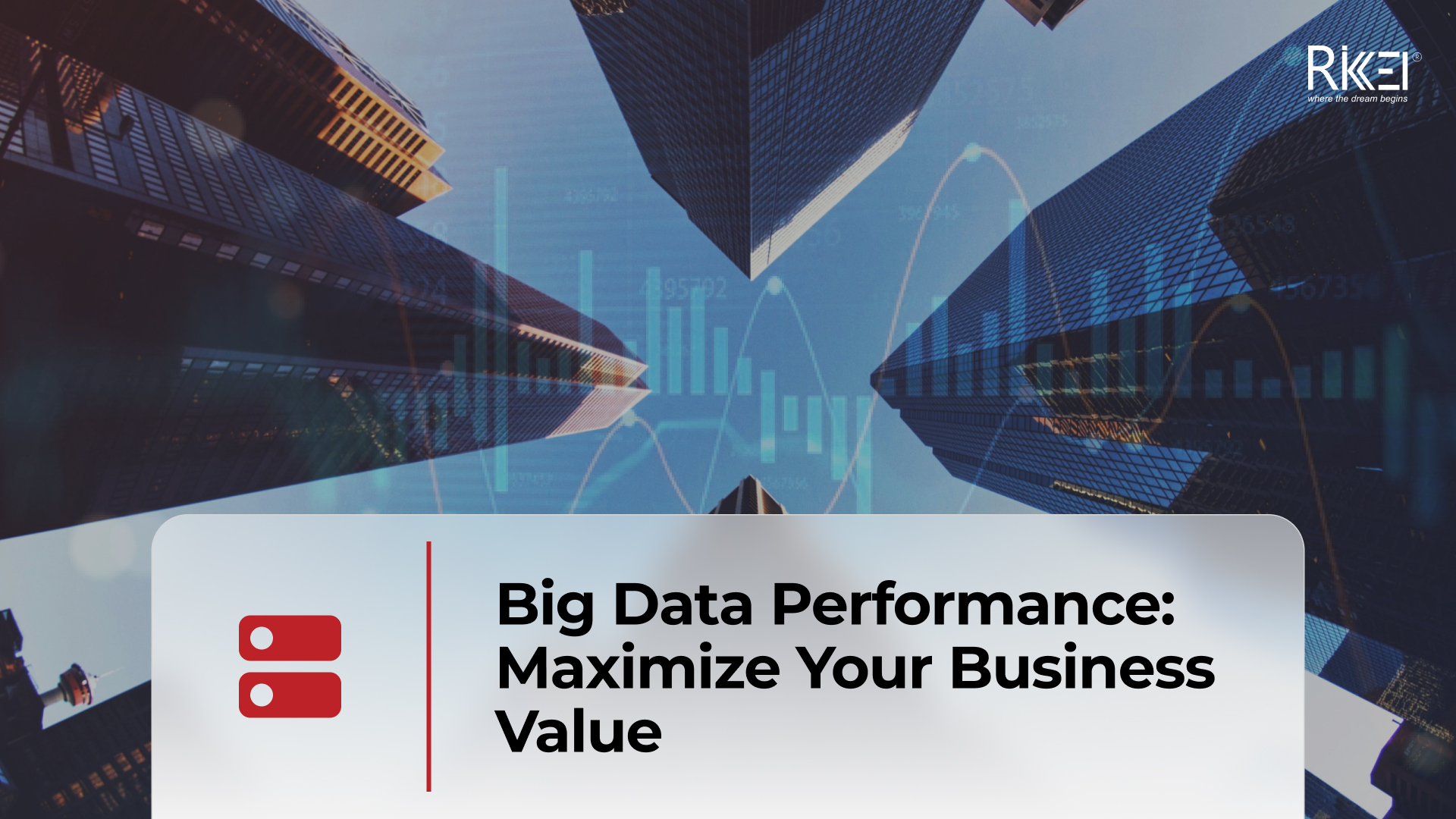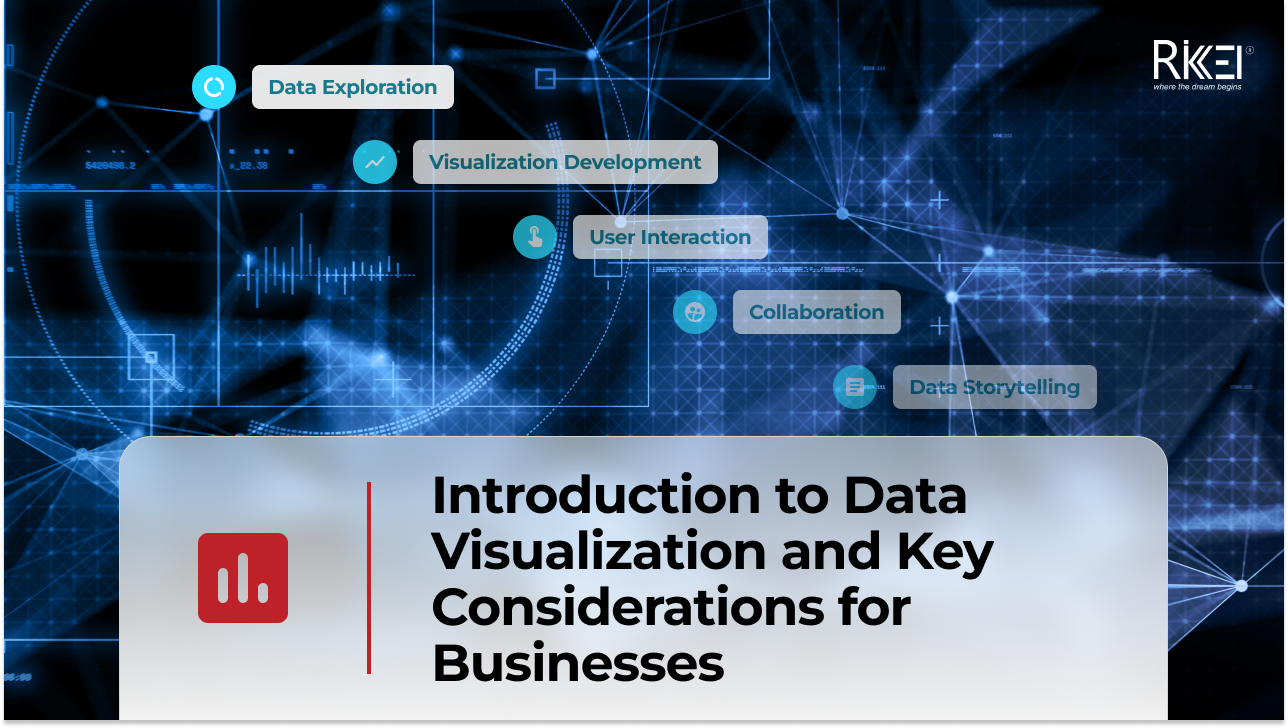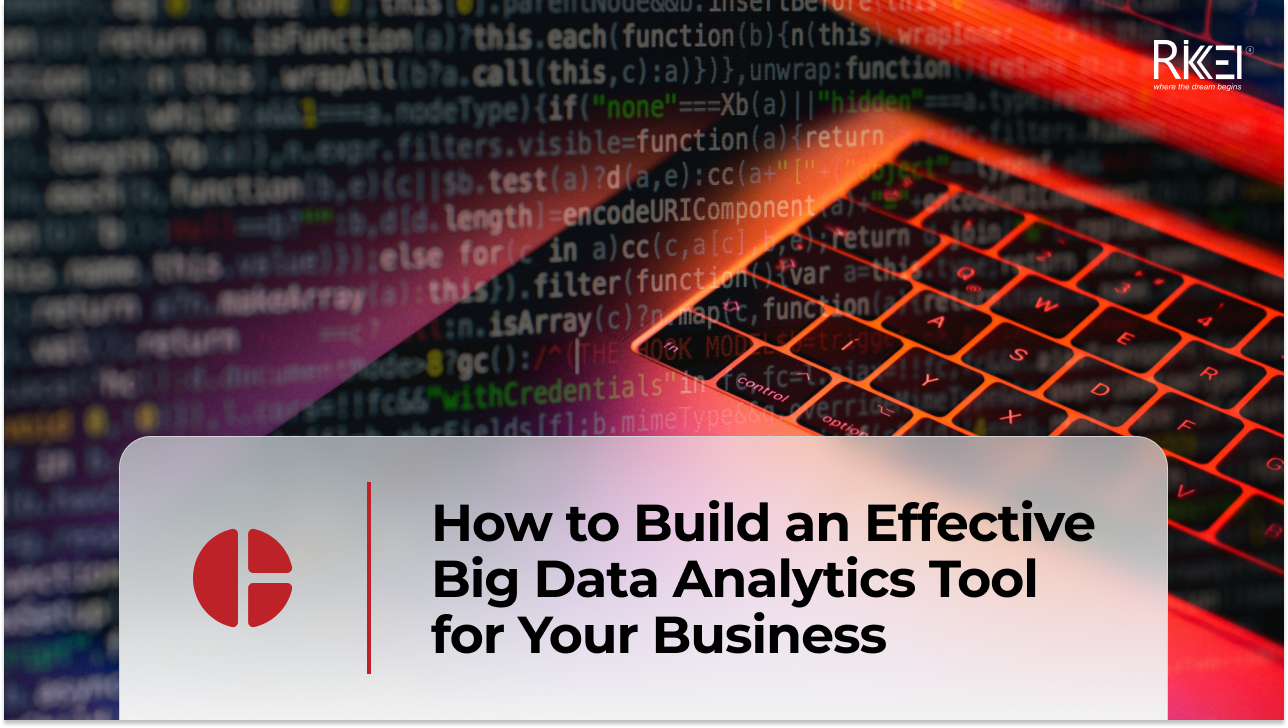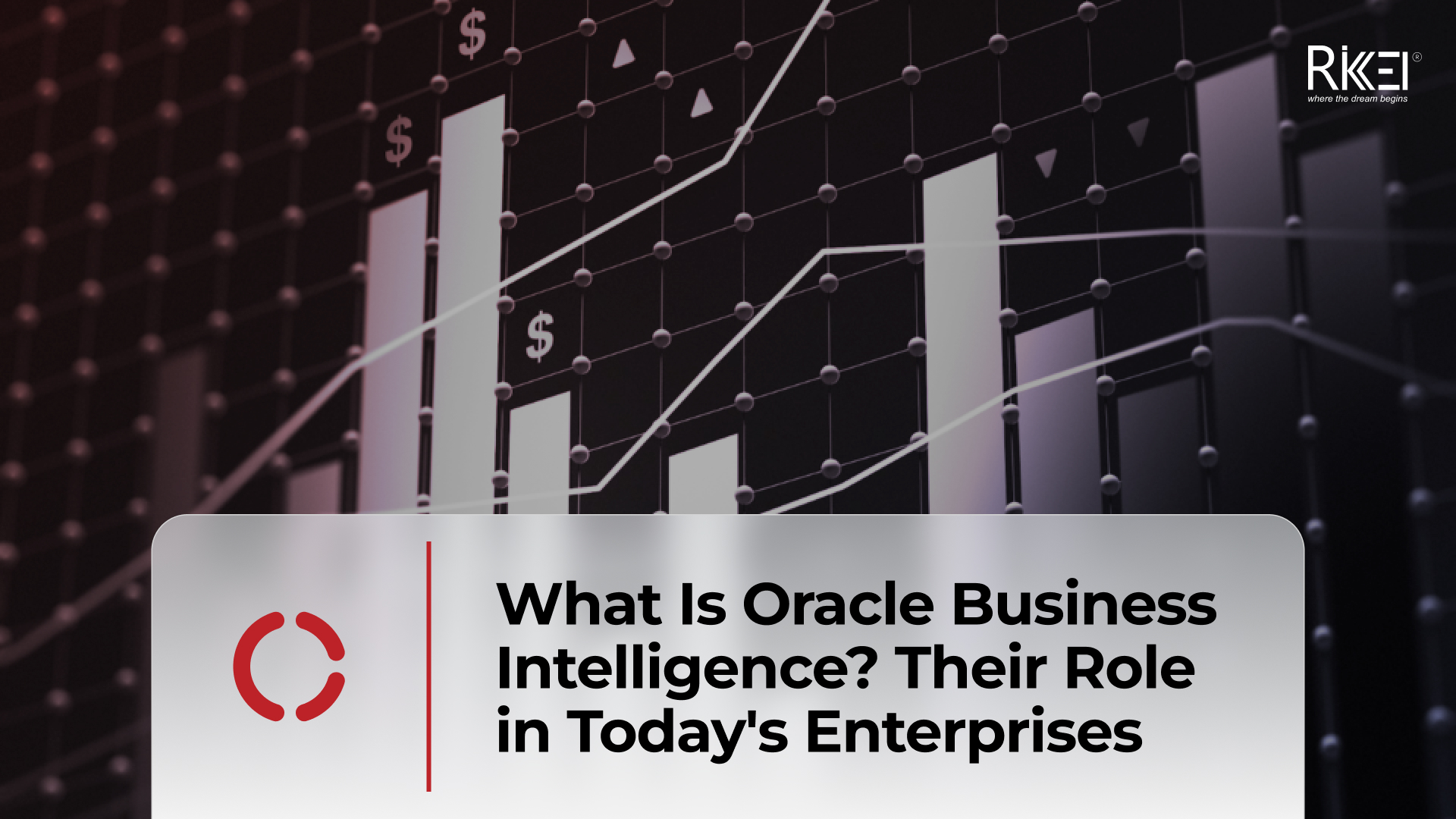Data-Driven Business Transformation: 7 Steps To Follow
Contents
Data empowers businesses to make well-informed decisions in different departments, like marketing, human resources, finance, and more. As a business owner, you should also employ data-driven approaches to skyrocket productivity and efficiency. If you are still new to this concept, scroll down for an in-depth guide on data-driven business transformation.
What Does A Data-Driven Business Look Like?
It’s not uncommon now for organizations to call themselves “data-driven.” That said, few are truly aware of what traits make a data-driven business. According to Harvard Business Review, about 45% of executives still disregard figures and facts but rely on their gut instincts to make decisions.
Here are what define a data-driven company:
- Have a thorough understanding of a wide range of structured and unstructured data.
- Able to filter and extract valuable data from operational and financial information.
- Can apply data-derived insights into budgeting, planning, and making decisions.
- Can forecast outcomes or potential frauds more accurately than conventional methods.
- Use real-time data to determine where to invest and seek emerging opportunities.
- Can create relevant dashboards to ensure data consistency and measure success more easily.
- Spot out the company’s competitive edge to service customers better.
3 Benefits Of Data-Driven Business Transformation
Increasing Efficiency And ROI
When adopting the data-driven approach, businesses have to employ analytics tools and advanced technology to collect and analyze data. This transformation empowers your company to identify areas of improvement concerning workflows, resource allocation, and other processes.
As a result, you can optimize these areas accordingly to improve productivity and reduce downtime while saving costs. The automation in data collection and analytics frees up time for employees to concentrate on other important activities.
Improvements made based on facts and figures will be on point, addressing the existing bottlenecks of your business. With increased efficiency and accuracy, the return on investment will undoubtedly be higher.
Assisting In Decision Making And Future Prediction
Real-time data equips businesses with accurate customer insights and market trends, allowing leaders to make more strategic decisions that resonate with customers. All predictions, like which types of products or services will become trendy and profitable, now rely on reliable insights, enhancing accuracy.
Applying a data-driven technique means that there is no room for guesswork or gut instincts. You can learn which products customers tend to buy more, which do not, and which customer segments can give you the most profits using data, and then adjust the marketing strategies, pricing, and inventory management properly.
Creating A Competitive Edge And Improving Customer Experience
Besides finding your bottlenecks, data can also help you identify what your business excels the most. By concentrating on your competitive edge, you are defining your brand identity, effectively boosting brand awareness.
By being aware of your strengths and weaknesses, you know what works best for your audience, thereby being able to generate personalized customer experience for higher satisfaction.
7 Steps To Transform From A Data-Aware To A Data-Driven Business
1. Build A Data Strategy
With a dynamic data set that entails various aspects within the organization, a data strategy acts as a compass that guides everyone to a common path. This strategy should highlight the objective of your business and focus on every aspect.
A governance framework is necessary for collecting, processing, and analyzing data in a controlled and consistent way throughout the enterprise, ensuring the highest data quality. This framework also enables all employees and employers to access the right data and use it more effectively.
To build such a strategy, leaders should establish and enforce clear policies, clarifying the right procedures for managing and using data. Meanwhile, employees should understand and follow those policies. Some tools can streamline this process, including data cleansing tools, data quality assessment tools, or master data management solutions.
2. Create A Data Analytics Platform
One important step in transitioning from a traditional business into a data-driven one is to create a data analytics platform using a machine learning platform or artificial intelligence. There are 3 popular solutions you can try:
- Data management platform: This solution will gather and place all your company’s data sources on one platform. Its data connectors are compatible with all data sources, eliminating the need for coding.
- Cloud data warehouse: This platform is maintenance-free and scalable, acting as the central repository. It will deliver data to stakeholders, technologies, and business processes throughout your company.
- Business intelligence platform: This tool visualizes data to help you track ROIs, generate business insights, and make key decisions.
3. Personalize Data
Personalization has now become the key factor in setting a business apart from other competitors. If customers can’t see what they want or can’t get what they want, you’ve failed to personalize their experience. That’s why your business has to personalize data in the first place to create content relevant to potential audiences.
There should be no one-size-fits-all solutions. Instead, you have to segment the customer base and interpret their own data sets to come up with tailored products, services, or communication. Only when you satisfy their needs in real-time can you retain them.
Take Google, for example, which fully incorporated personalized search results back in 2009. Particularly, if the search engine noticed that you clicked on a specific website many times, it assumed that you favored that site and showed more listings from that site on your search results.
4. Localize Data
Some countries have governed where data about their residents had to be stored, requiring global businesses to obey these privacy regulations. It means that you have to know where and when the data comes from and who provided it.
To do this, your business must comply with regulations like CCPA, GDPR, HIPAA, PII, or PCI. Localizing your data will not only eliminate any related legal consequences but also reduce the risk of delayed delivery. Data is mostly stored in a cloud-based system, and your customers are widespread, so the data’s physical distribution will help you deliver data timely.
5. Organize Data
A well-organized data set ensures that all the information is ready to use for all user categories in real-time. This step also helps cleanse and normalize data and facilitates the analysis and extraction processes. We recommend you follow a centralized repository in which a data warehouse will be in the central position.
When organizing the data, keep in mind these tips:
- You should use technology and tools to scale up the data architecture when dealing with more complex data sets.
- The data architecture should allow you to customize it so that it can adapt to your business’s changing goals.
- The analytics platform should accommodate a massive data volume in the future.
6. Analyze Data, Take Actions, And Update Automatically
After putting data in a structured architecture, you can easily analyze and extract insights from the data sets. However, large-scale businesses can’t do data analytics manually; instead, data automation is key to success. Analyzing data automatically with the help of analytics tools ensures the data is correct and consistent within the company.
After implementing data automation, the provided insights will inform your decisions concerning different aspects of the business to optimize customer experience. For example, you can change the time to run ads to increase views or cut down costs on the products with the least sales.
Still, data changes every second, so you can’t rely on the collected data in the long run. It’s best to update the data set constantly to receive real-time customer insights so that you can create relevant content. Again, data analytics tools will come in handy, assisting you in dealing with a vast pool of information.
7. Monitor The Results
The last step is to track the results and modify your strategy accordingly:
- Monitor how the business progresses toward its goals to see if data-based decisions have worked.
- Make adjustments based on the insights you gained.
- Refine the data analytics platform if necessary, update new data, or incorporate new algorithms as needed.
A bonus tip for you is to encourage open communication in the business culture, allowing employees to share feedback on your company’s data-driven practices.
How To Ensure Data Security And Quality After The Transformation
All your effort in transitioning to a data-driven business will go down the drain if the data is of poor quality or lacks security. Accurate and secure data ensures your decisions will drive more sales and build up customer trust. Follow these techniques to ensure the security and quality of the data sets:
- Validate and cleanse data: Carry out automated processes to identify errors and inconsistencies and then correct them.
- Establish privacy regulations: As mentioned, educate your employees to comply with all the data privacy regulations.
- Use encryption techniques to store data: Employ secure storage solutions and access controls to protect sensitive data from unauthorized access.
Conclusion
The process of data-driven business transformation should start with a well-planned strategy, followed by an automated data analytics platform. These steps set the stage for further implementation and development of data-driven practices. Remember that no matter what solution you choose, the key is to collect high-quality and up-to-date information and maintain data security.
More From Blog

April 4, 2024
Big Data Performance: Maximize Your Business Value
In today’s data-driven world, organizations are constantly generating and collecting immense amounts of data to understand their customers more deeply. This data, often referred to as “big data,” holds immense potential for organizations to seek opportunities and overcome challenges. But accessing and analyzing big data isn’t enough to have proper strategies; organizations must pay attention to […]

April 4, 2024
How Real-Time Data Analysis Empowers Your Business
In today’s fast-paced business landscape, the ability to quickly make data-driven decisions has become a key differentiator for success. Real-time data analysis, the process of analyzing data as soon as it’s generated, has emerged as a powerful tool to empower business across industries. By leveraging real-time data analysis, organizations can gain timely and actionable insights, […]

April 4, 2024
Differences Between Data Science and Computer Science
Data Science and Computer Science are distinct fields overlapping in certain areas but have different focuses and objectives. The article below will help you clearly understand the differences and the close connection between the two fields. What is Data Science? Data Science is an interdisciplinary field that combines scientific methods, processes, algorithms, and systems to […]

March 28, 2024
Introduction to Data Visualization and Key Considerations for Businesses
In your opinion, what is data visualization? Your main goal is to communicate your recommendations engagingly and effectively, right? To achieve this, let’s immediately explore a method that can represent information with images. What is Data Visualization? Define data visualization and their roles in organizations First, you need to find the answer to the question: […]

March 21, 2024
How to Build an Effective Big Data Analytics Tool for Your Business
Building an analytics tool for a business brings several significant benefits, especially in today’s business environment where data is becoming larger and more complex. So how to build an effective analysis tool for businesses, follow the article below! Assessing Business Needs Assessing business needs involves understanding the requirements, goals, and challenges of a business or […]

March 14, 2024
What Is Oracle Business Intelligence? Their Role in Today’s Enterprises
Oracle Business Intelligence (BI) refers to a suite of tools, technologies, and applications designed to help organizations collect, analyze and present business data. The primary goal of Oracle BI is to provide actionable insights to support decision-making within an organization. Oracle BI encompasses a range of products that enable users to gather, process and visualize […]

